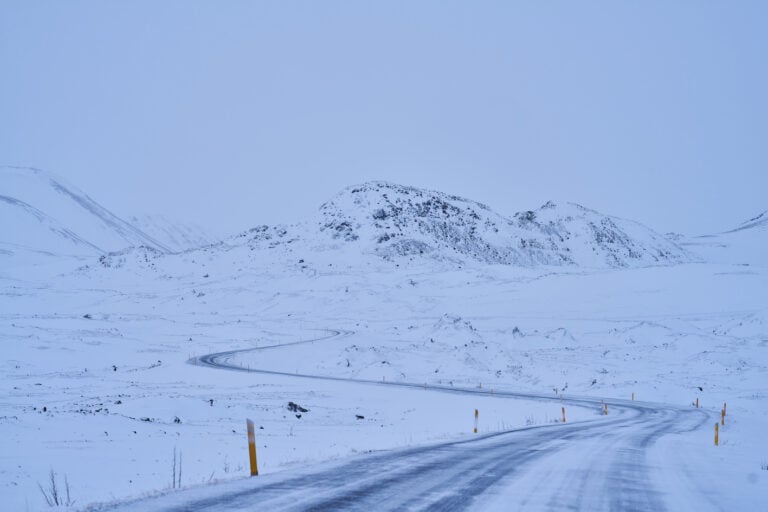The volcanic systems on the Reykjanes Peninsula are dangerously close to populated areas. Volcanic activity is cyclical, occurring approximately every 800-1000 years and potentially lasting for several hundred years. It has been nearly 800 years since the last eruptions on the Reykjanes Peninsula, and clearly a volcanic cycle has begun. There will likely be several eruptions on the peninsula in the coming years and decades.
The volcanic systems extend from the Hengill area / Bláfjöll, east of Reykjavík, and then westward across the entire peninsula to Reykjanestá. These eruptions are not highly productive, but many of them are lava eruptions, and the eruptions can occur very close to populated areas. Particularly at risk are Grindavík, parts of Hafnarfjördur, and the upper neighbourhoods of Kópavogur and Reykjavík.
Kristín Jónsdóttir, head of natural hazards dept. at the Icelandic Meteorological Office, said in an interview with Vísir that she believes there is every reason to closely monitor seismic activity near Bláfjöll after many earthquakes in the area in recent days. In the event of an eruption, lava from the area could easily reach the capital region. One of our most well-known geoscientists, Ármann Höskuldsson, a volcanologist, says it is important to make plans for how to respond if an eruption occurs near the capital region. In an interview with RÚV, he said that the recent series of earthquakes near Bláfjöll indicates that the entire row of systems along the Reykjanes peninsula is now active.
Icelandic Times ventured into Bláfjöll and Heidmörk during the winter weather. It is incredible how close these areas are to populated regions, such as the Vellir area in Hafnarfjördur, which we reported on at the end of last year.
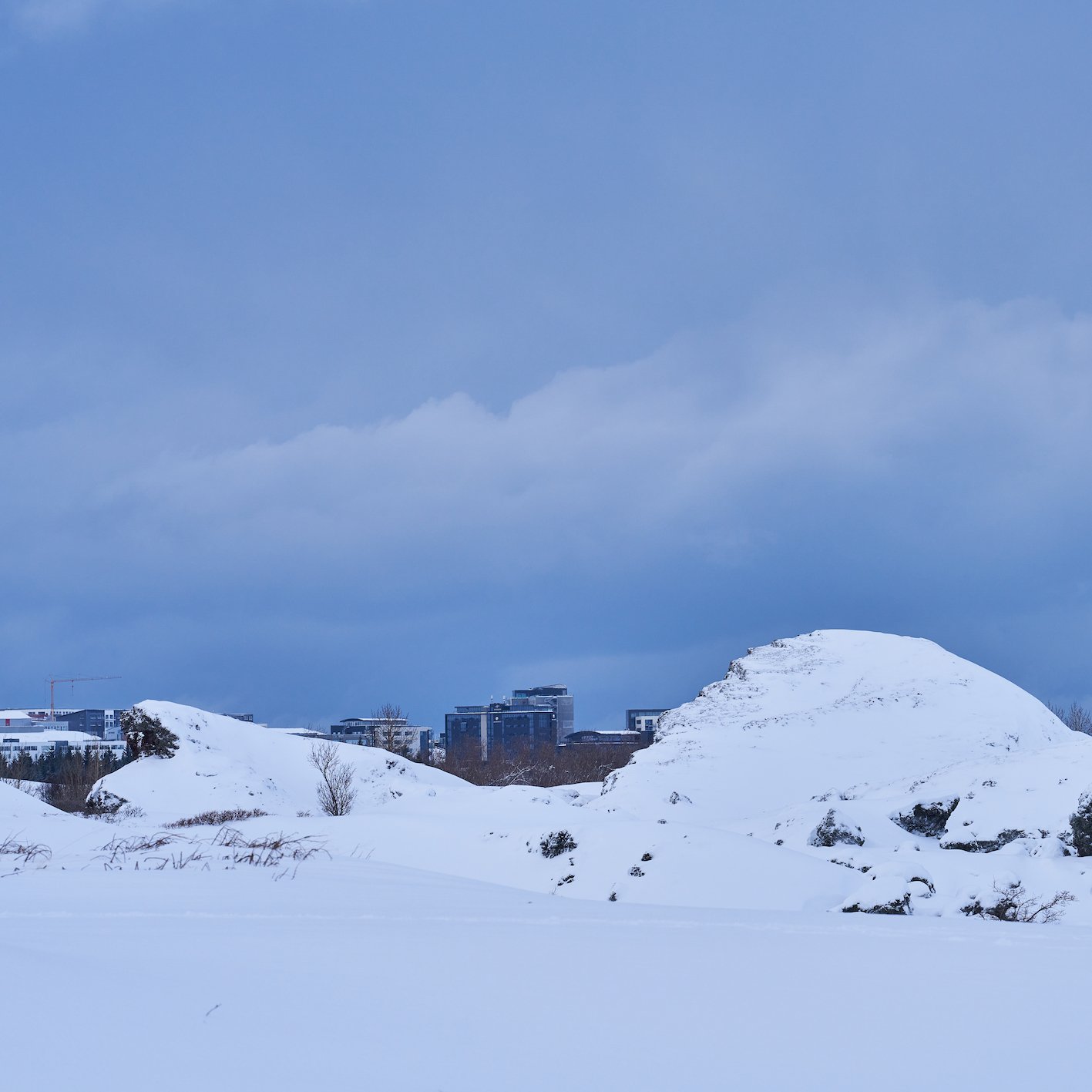
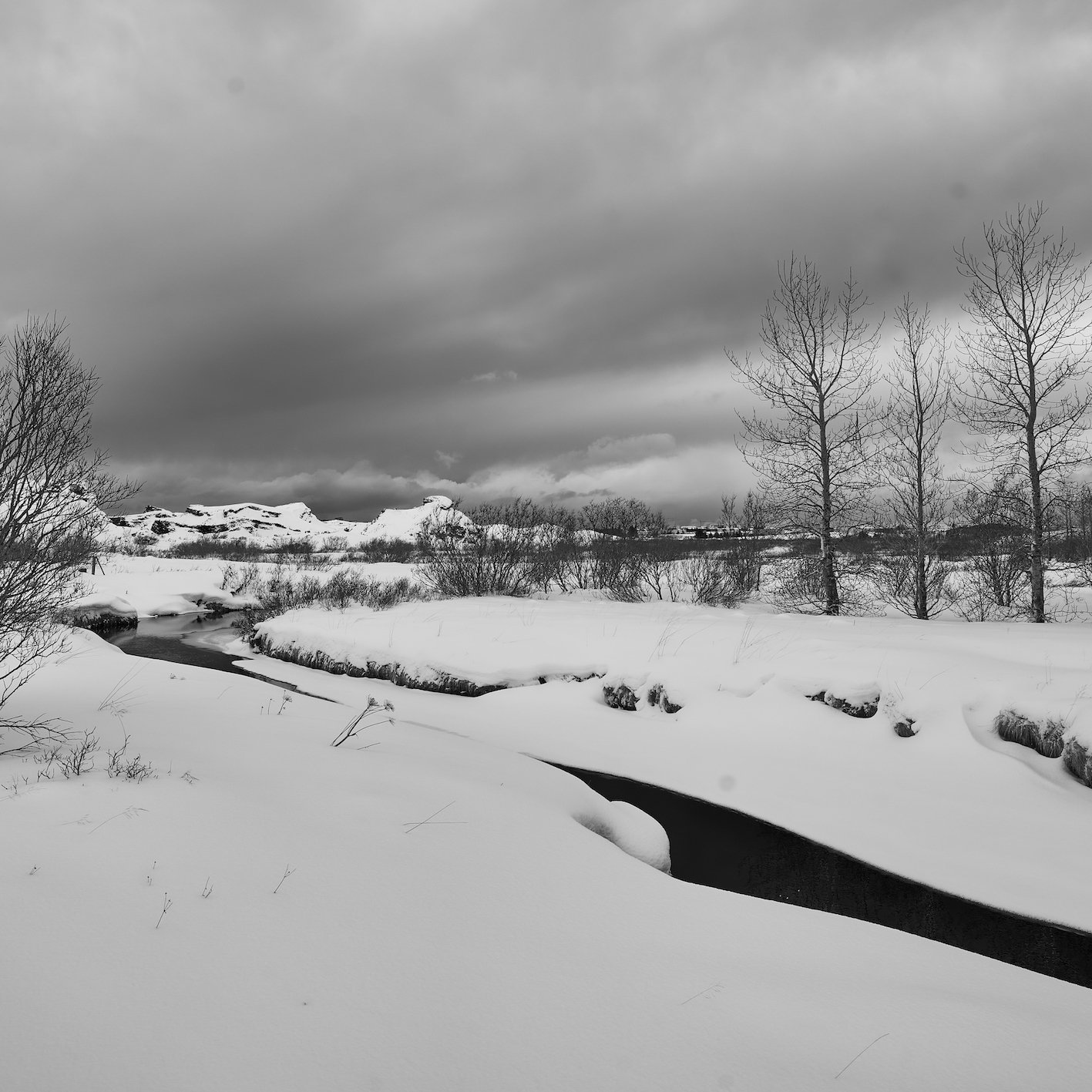

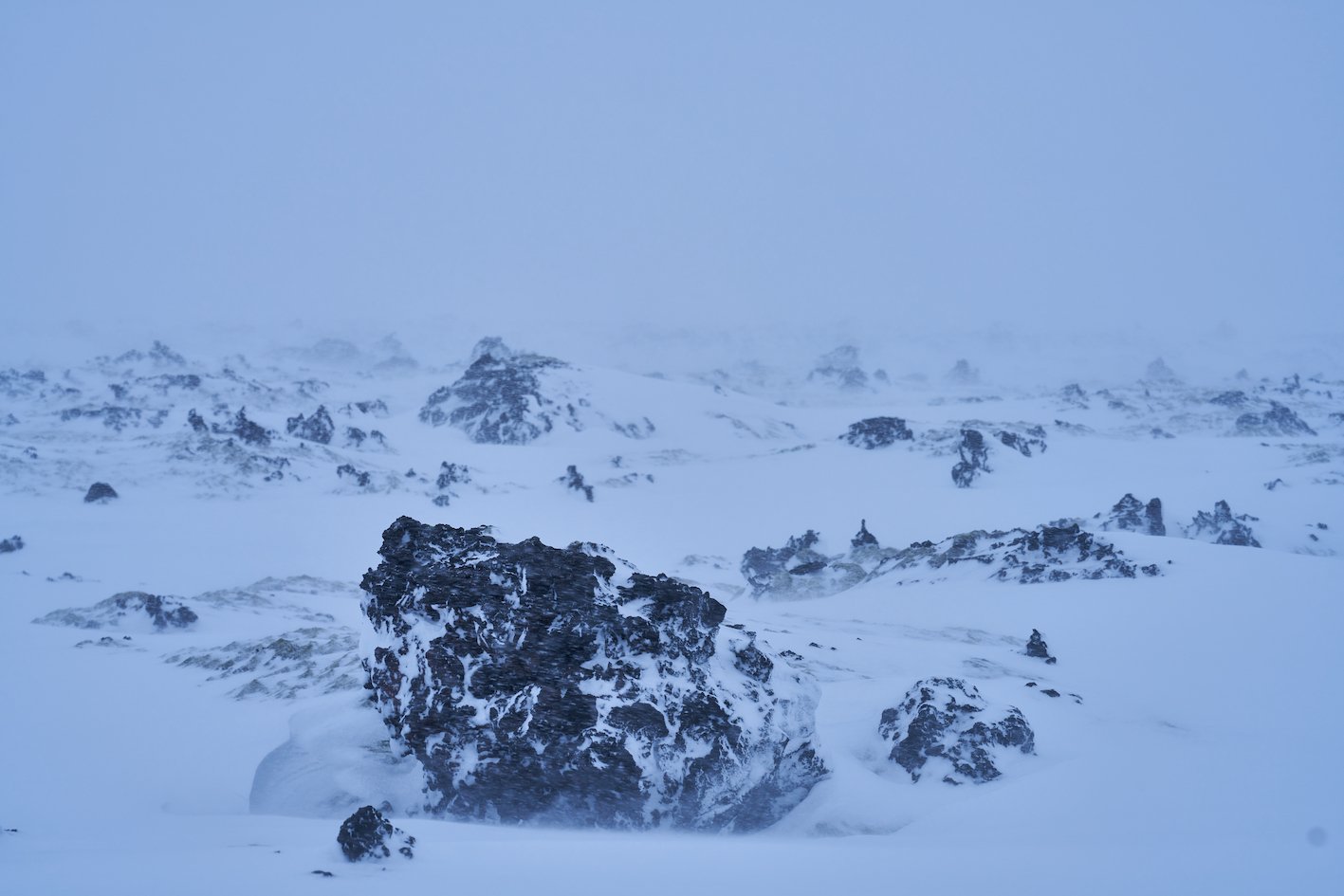
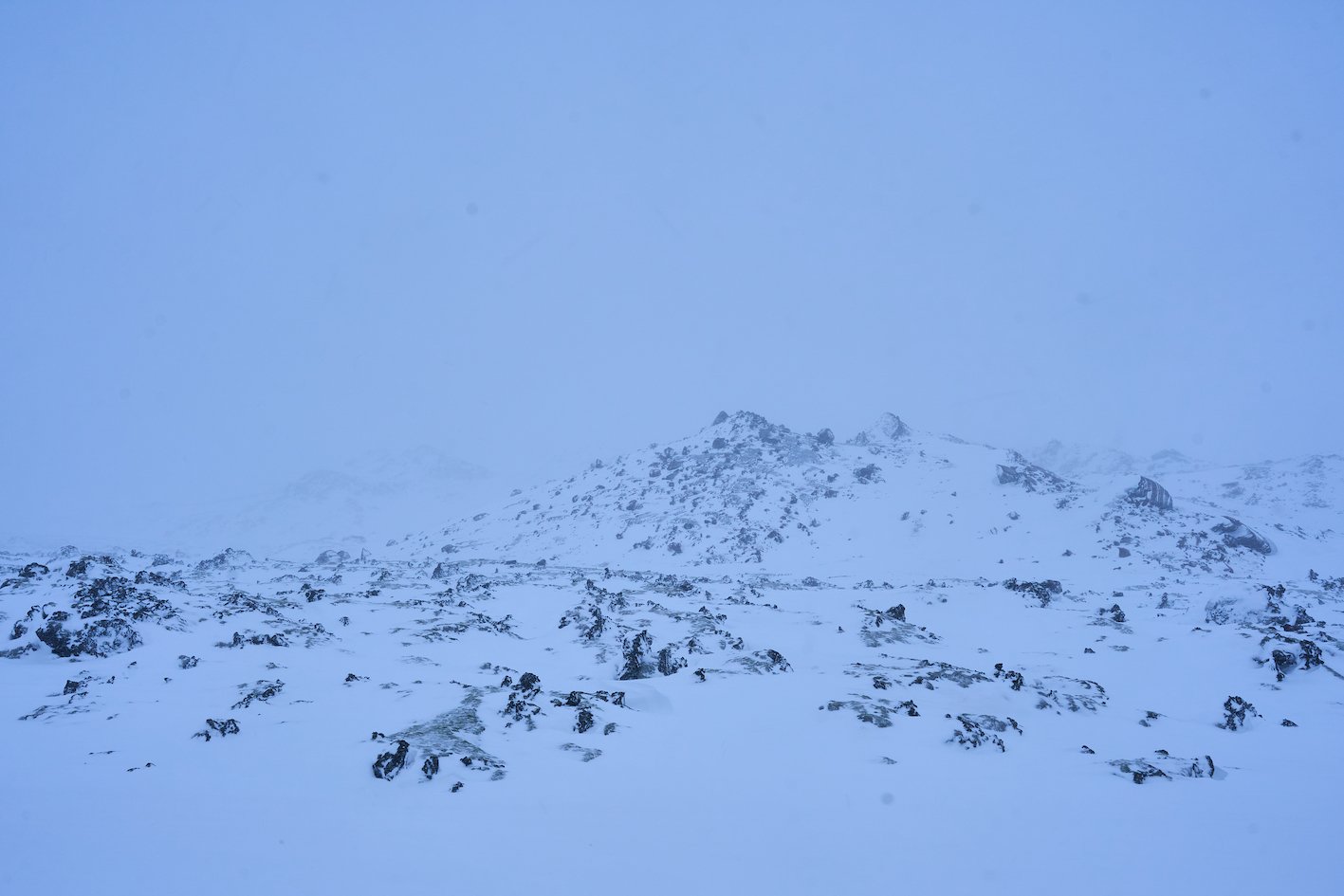
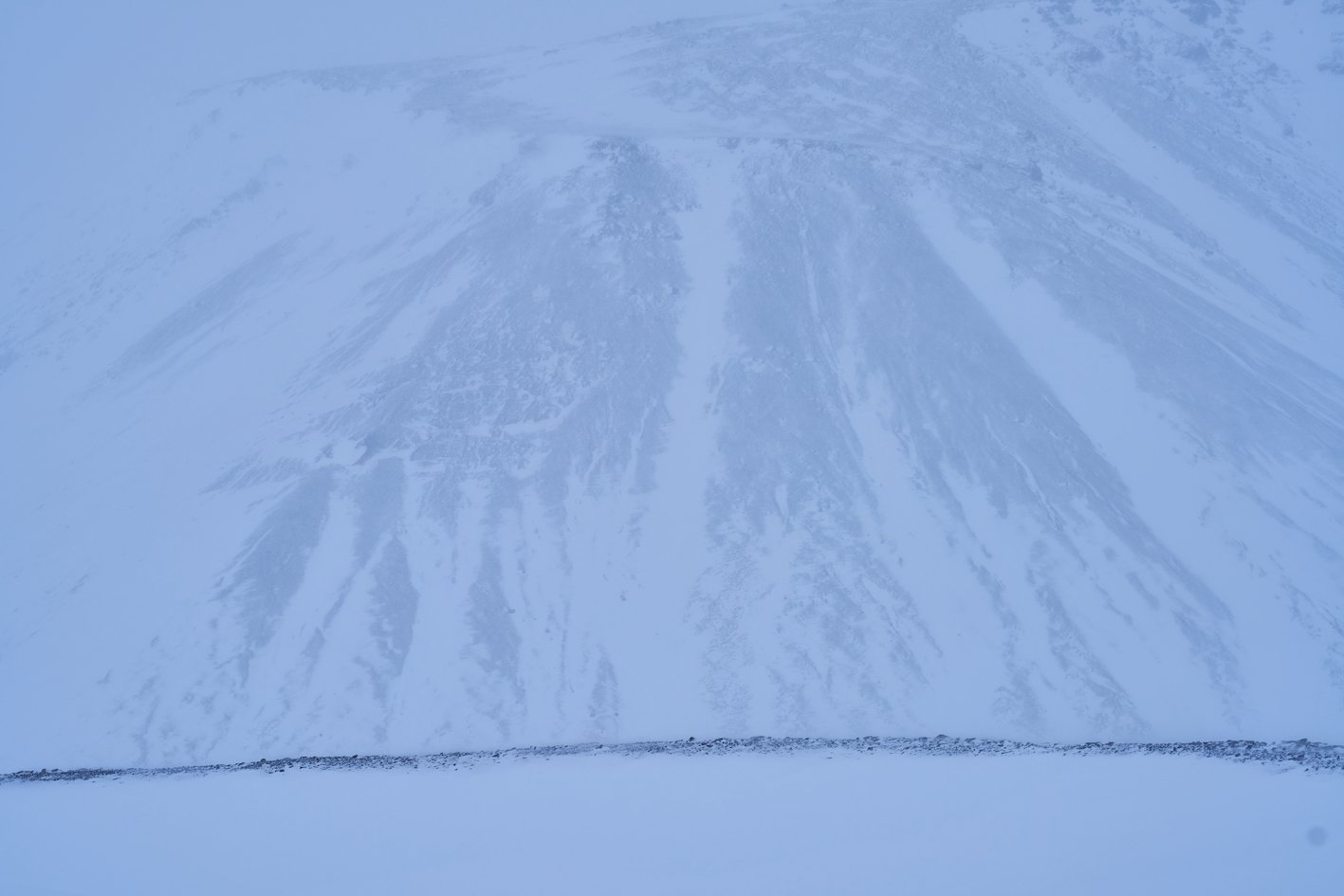
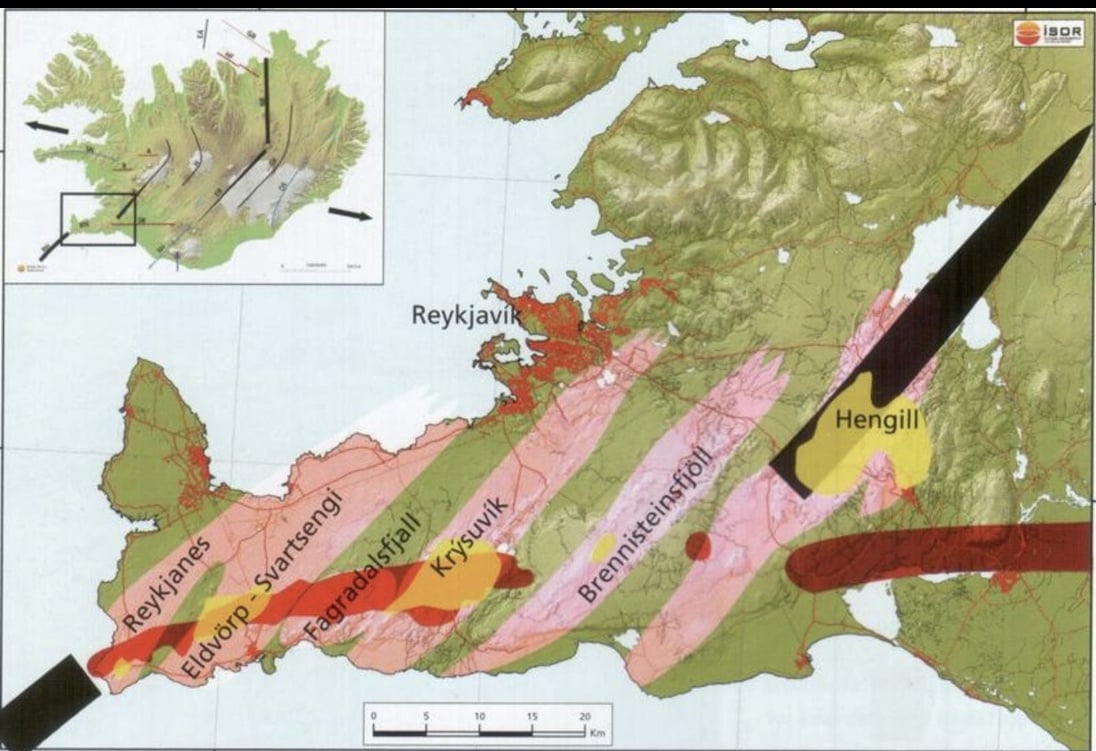
Reykjavík 30/01/2024 – A7RIII, A7R IV : FE 1.8/135mm GM, FE 1.8/20mm G Photos & text : Páll Stefánsson

